Manufacturing Non-Events: The Strategic Erasure of France's Mass Protests
Uncover how French media turned a major protest into a 'non-event' through strategic narrative control, blurring the lines between journalism and PR.

The Premise of Disruption: 'Bloquons tout' and Its Intent
The '[Bloquons tout](Bloquons tout)' (Block Everything) movement emerged as a potent symbol of France's enduring capacity for social mobilization, aiming to significantly disrupt the nation on September 10, 2025. This wasn't just another protest; it represented a concerted effort by a broad coalition of unions and activists to exert pressure on budgetary choices, uniting various groups for the first time since the major anti-pension reform protests of June 2023. Organizers, including figures like , explicitly emphasized non-violent and peaceful methods, advocating for controlled, calm actions. Despite these intentions, the scale of the planned disruption was substantial. Iconic centers of state power in —the Elysée, Matignon, National Assembly, and Senate—were placed under reinforced protection, signaling the government's recognition of the movement's potential impact. On the day itself, estimates suggest between 175,000 and 250,000 people participated, gathering in key locations like the Place du Châtelet in Paris, outside the Hôtel Dieu in Toulouse, and at offices in Montreuil. Beyond the primary demonstrations, the spirit of 'Bloquons tout' also manifested in actions like high school blockades, with students at institutions such as Lycée Buffon and Lycée Maurice-Ravel echoing broader societal concerns, from calls for more teachers to solidarity with Gaza. This widespread participation and the symbolic targeting of both governmental and educational institutions underscored the movement's ambition: to make an undeniable statement against the status quo and compel a re-evaluation of national priorities.
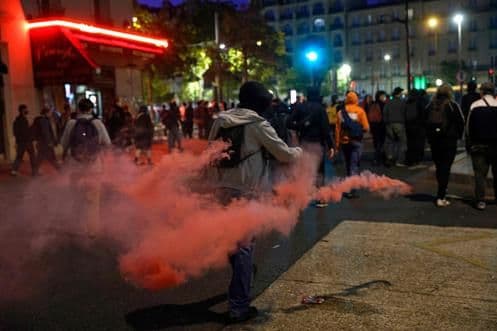
The Media's Pre-Emptive Strike: Calling for Failure
The movement's ambition, however, immediately ran into a wall of media skepticism, if not outright hostility. Long before the first protestor even stepped onto the streets, a significant segment of mainstream media launched a coordinated pre-emptive strike against 'Bloquons tout'. This wasn't merely objective reporting; it was an active campaign to delegitimize the movement, setting the narrative that failure was not just possible, but inevitable and even desirable. Headlines and commentary openly expressed hostility, with some outlets explicitly stating, "One must wish for a radical failure of 'Bloquons tout'." This sentiment crystallized in 's banner on the morning of September 10th: "September 10: block everything to gain nothing?" Such framing served to undermine the mobilization's legitimacy, questioning its purpose and efficacy even before it had a chance to unfold. Media discourse often cast participants as "engineers of chaos" or "professionals of chaos," effectively criminalizing dissent and painting protestors as disruptive forces rather than citizens exercising their democratic rights. This narrative strategy, deeply intertwined with official state perspectives, aimed to dissuade potential participants and shape public perception, transforming a legitimate act of social protest into an unwelcome disturbance. By controlling the pre-event narrative, the media laid the groundwork for dismissing any actual turnout or impact, regardless of its scale.
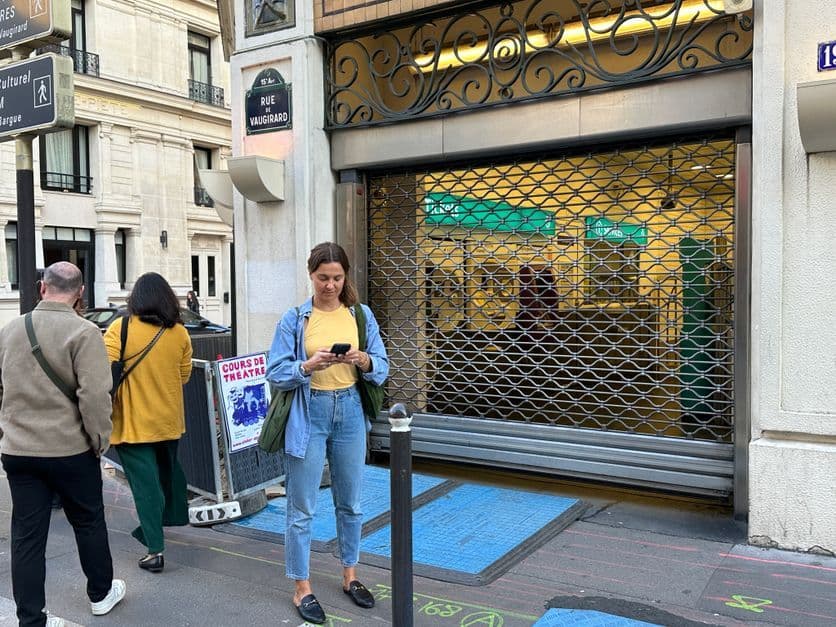
A Masterclass in Erasure: Downplaying and Denying the Numbers
This aggressive pre-emptive narrative then seamlessly transitioned into an outright denial of the protest's actual scale and success. Following the pre-emptive campaign, mainstream media executed a masterclass in narrative erasure, systematically downplaying and, in some cases, outright denying the significant turnout for 'Bloquons tout'. Despite figures suggesting between 175,000 and 250,000 participants nationwide, a starkly contrasting picture emerged in the press. Newspapers like La Nouvelle République des Pyrénées declared a "tepid mobilization," while La Presse de la Manche and Le Télégramme reported "weak mobilization." Corse Matin went further, claiming the mobilization "fizzled out." Perhaps most strikingly, Le Parisien's September 11th edition reportedly failed to mention 'Bloquons tout' on its cover or in its interior pages, effectively rendering the event invisible. Days later, , commenting in Le Parisien, expressed relief: "Fortunately, the famous 'Bloquons tout' movement blocked nothing at all... Blocking a country that is already blocked would be laughable if it weren't tragic. Apparently, the French understood." echoed this, stating, "The insurrectionary tidal wave that the adherents of the 'great evening' had called for did not happen." This concerted effort to minimize, dismiss, or ignore the actual numbers transformed a substantial public gathering into a "non-event," demonstrating a powerful form of narrative control that actively reshaped public perception of the protest's impact and reach.
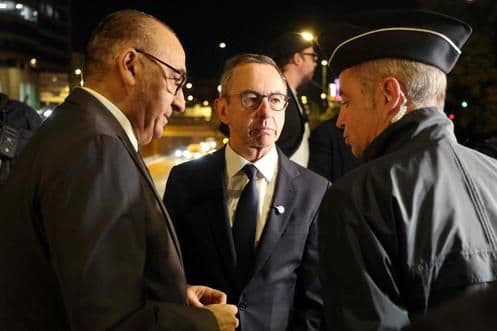
Journalism Under Escort: Proximity to Power, Distance from Truth
This deliberate distortion of reality wasn't an isolated phenomenon; it was facilitated by a broader pattern of journalistic practice that appeared to align more closely with state directives than with independent reporting. The media's narrative control during 'Bloquons tout' wasn't merely about editorial choices; it revealed a troubling proximity between journalistic practices and official state perspectives, often described critically as "prefecture journalism." The framework for covering the protests was heavily influenced by government pronouncements, particularly from the . The Minister's "very, very clear instruction" to law enforcement was to "not tolerate any blockades" and to "deblock when there is a blockade," vowing to be "intransigent." This directive was backed by an "unprecedented" deployment of approximately 80,000 police and gendarmes, supported by armored vehicles and water cannons—a force far exceeding those seen in previous large-scale mobilizations. This extensive security presence, and the media's focus on it, effectively framed the protest as a potential threat to public order rather than a legitimate expression of dissent. Journalists often found themselves reporting from within the heavily policed zones, sometimes literally under escort, which inevitably shaped their perspective. When a protester at Lycée Maurice-Ravel stated, "I am against violence. I block because it is symbolic," their nuanced position often got lost amidst the dominant narrative emphasizing state control and potential disruption, highlighting how close proximity to power can create a significant distance from the ground truth.

Reclaiming the Narrative: The Unheard Voices and Future of Dissent
In this environment, where official narratives and security concerns overshadowed the voices of ordinary citizens, the challenge for dissenters to reclaim their story becomes paramount. The strategic erasure of 'Bloquons tout' from mainstream discourse underscores a profound challenge for democratic dissent in an era of sophisticated narrative control. When mass mobilizations are pre-emptively delegitimized, their numbers downplayed, and their intentions distorted, the public's understanding of social movements is fundamentally skewed. The voices of those who participated, expressing concerns ranging from educational funding to global solidarity, were largely sidelined in favor of an official narrative that prioritized order and dismissed disruption. For instance, the unity of various unions on September 18th, following the 'Bloquons tout' actions, represented a significant moment of collective action aimed at influencing budgetary decisions, yet this unity struggled to break through the dominant media portrayal of isolated "chaos." The question then becomes: how do citizens reclaim their narrative when traditional media channels appear aligned with state interests? The future of democratic dissent hinges on finding new avenues for expression and information dissemination. This might involve strengthening independent media, leveraging social networks more effectively, and fostering direct communication between movements and the public. Ultimately, countering the manufacturing of "non-events" requires a conscious and sustained effort to amplify authentic voices, challenge established narratives, and ensure that the true scale and intent of public protest cannot be so easily erased from collective memory.
Related Articles
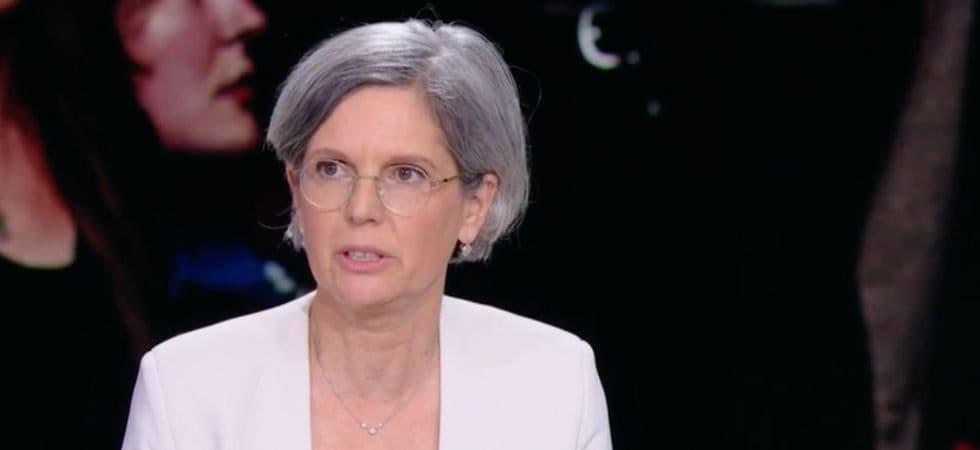
Pastures of Paradox: Sandrine Rousseau's Unlikely Breton Retreat

Pastures of Paradox: Sandrine Rousseau's Unlikely Breton Retreat

Election Day's Quiet Command: CNE's Mandate in a Media-Saturated Era

Election Day's Quiet Command: CNE's Mandate in a Media-Saturated Era
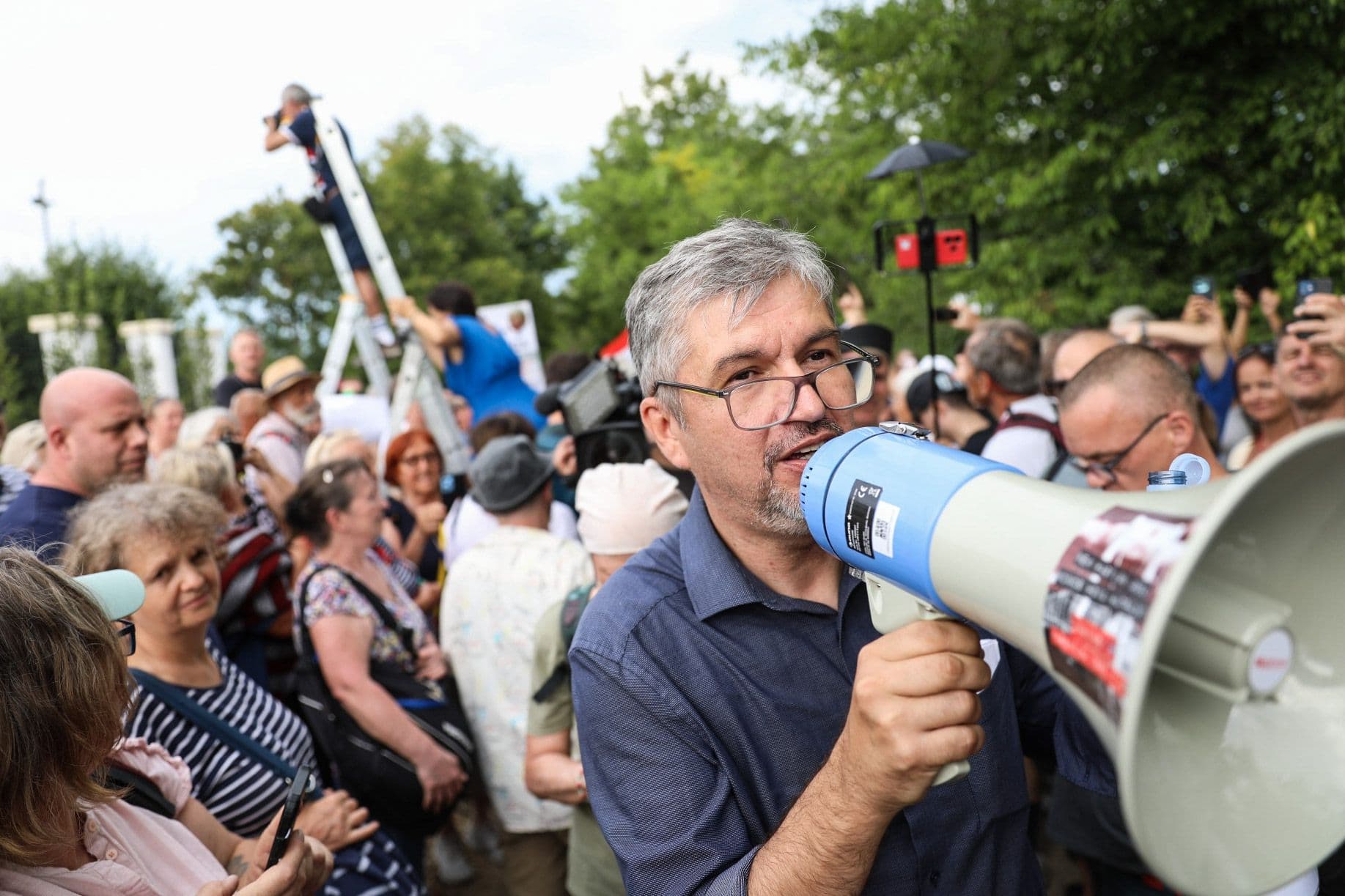
The Battle for Transparency at 'Pusztaversailles': Peering Over the Walls of Hatvanpuszta

The Battle for Transparency at 'Pusztaversailles': Peering Over the Walls of Hatvanpuszta
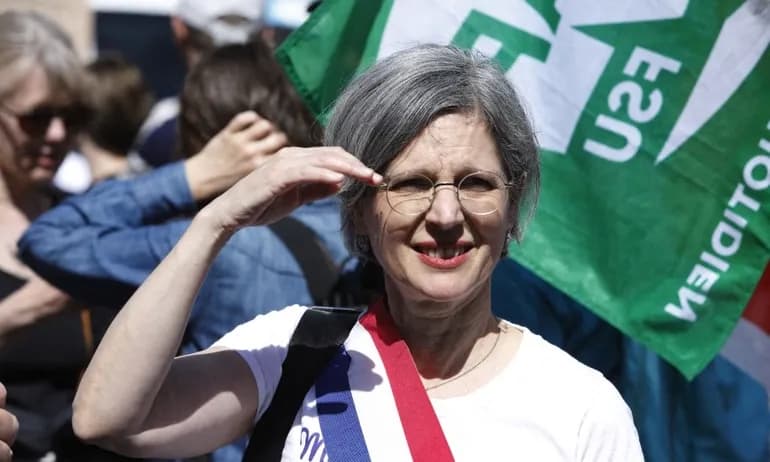
The Ink Dries, The Debate Rages: Promulgation's Paradox in Modern Governance
